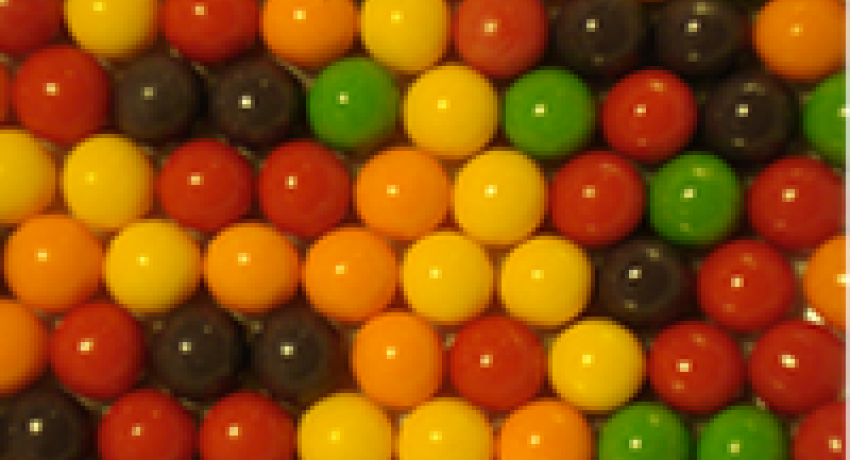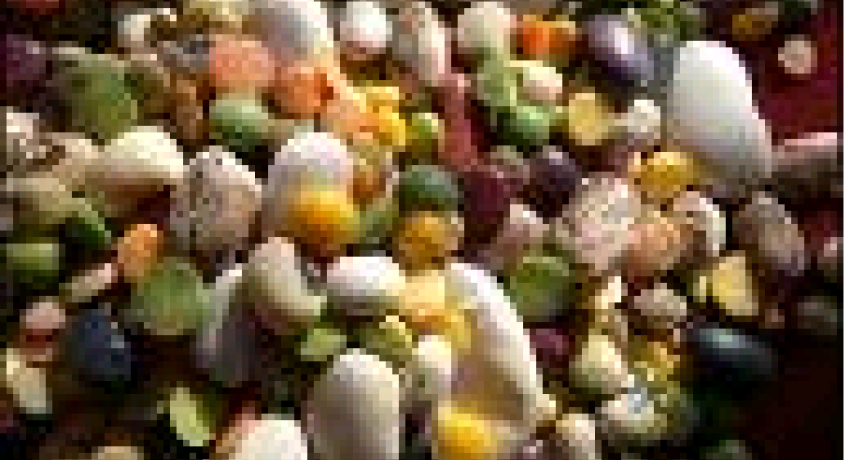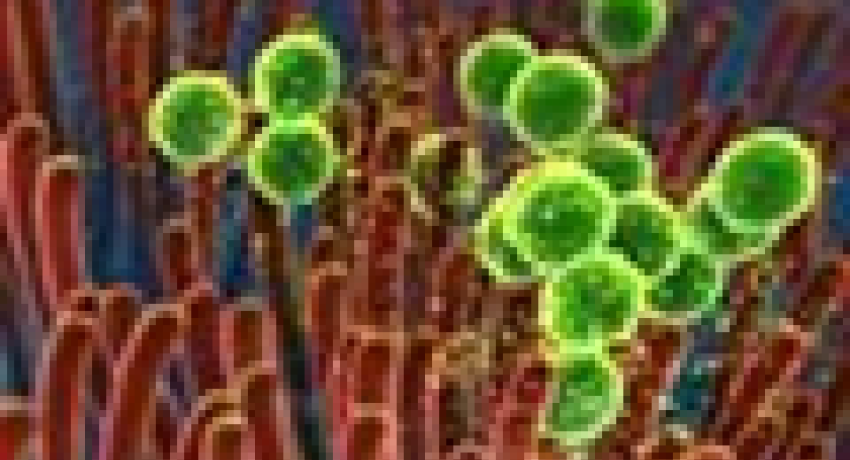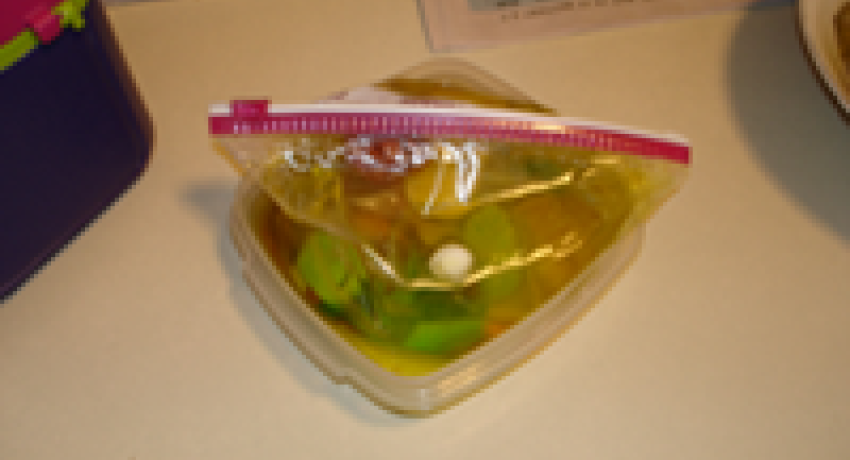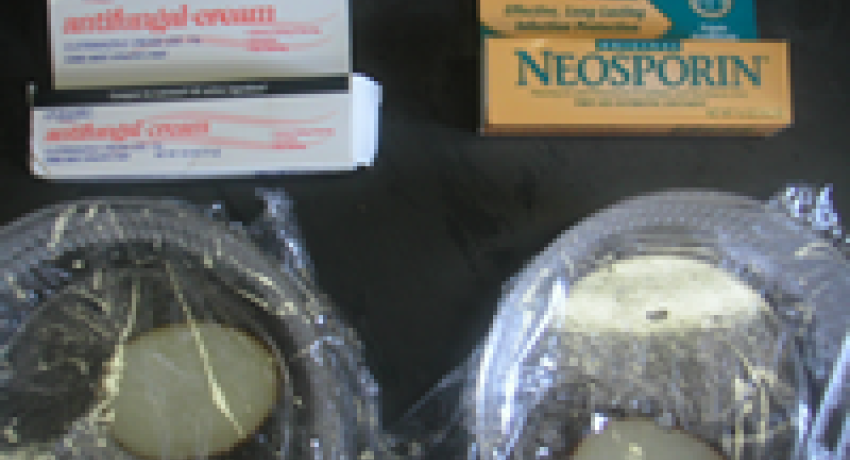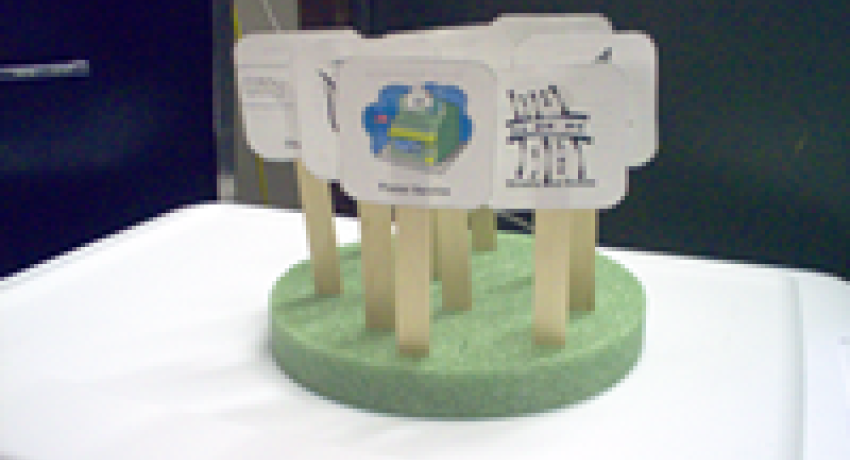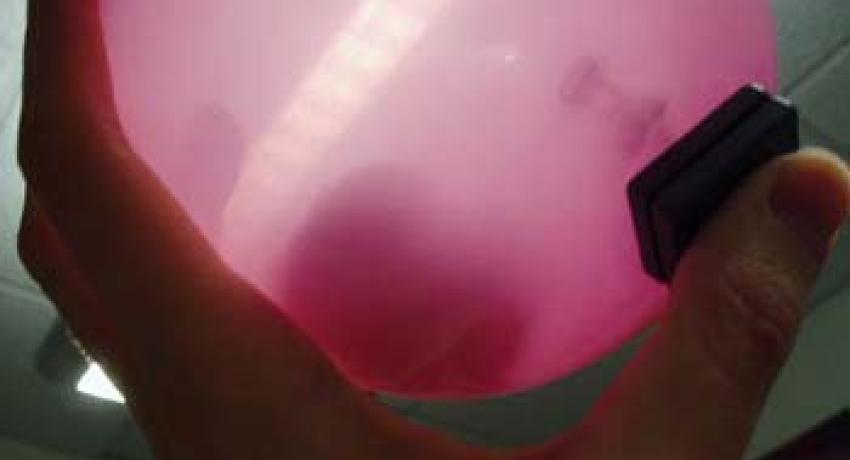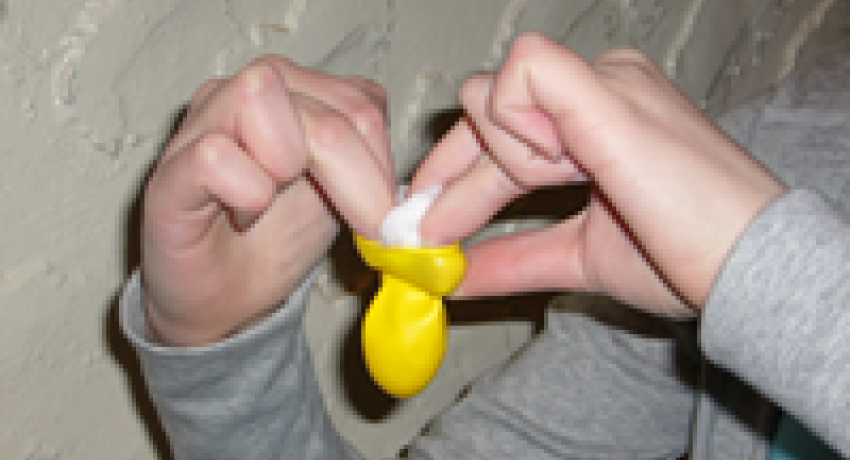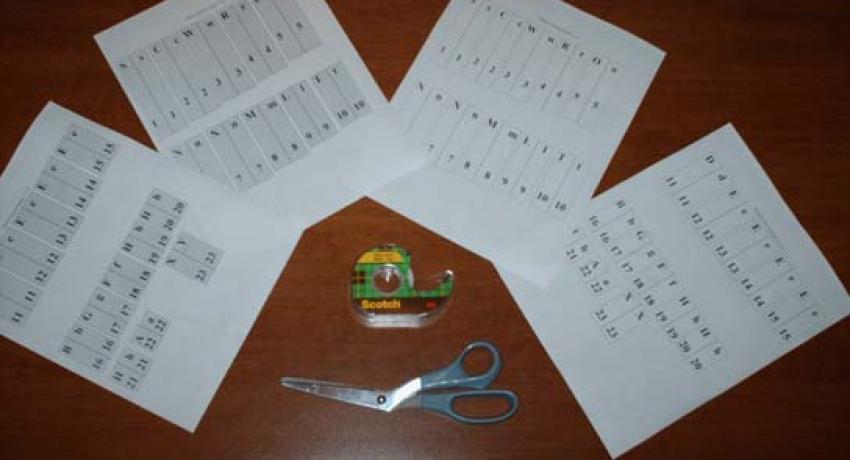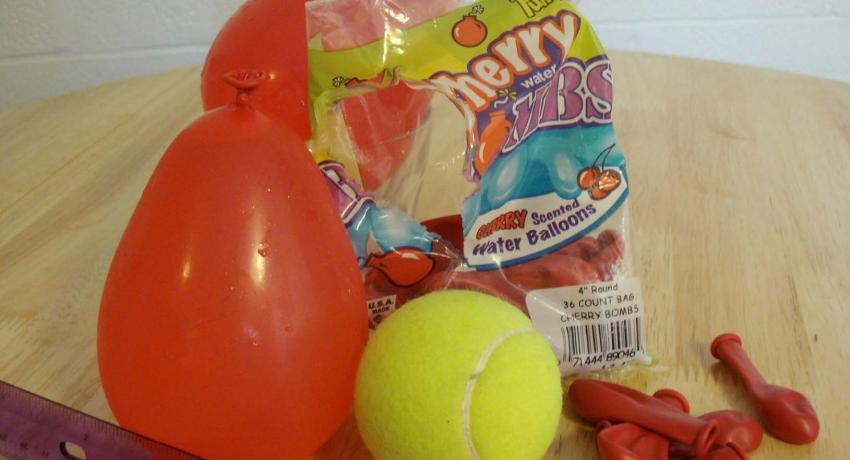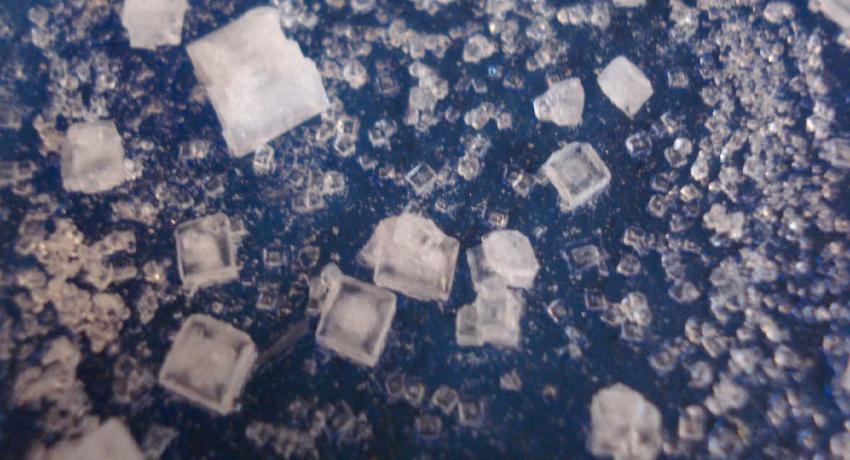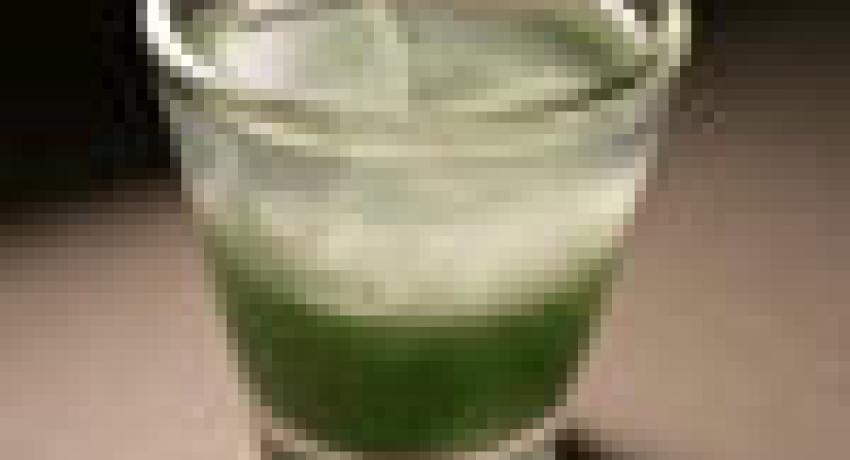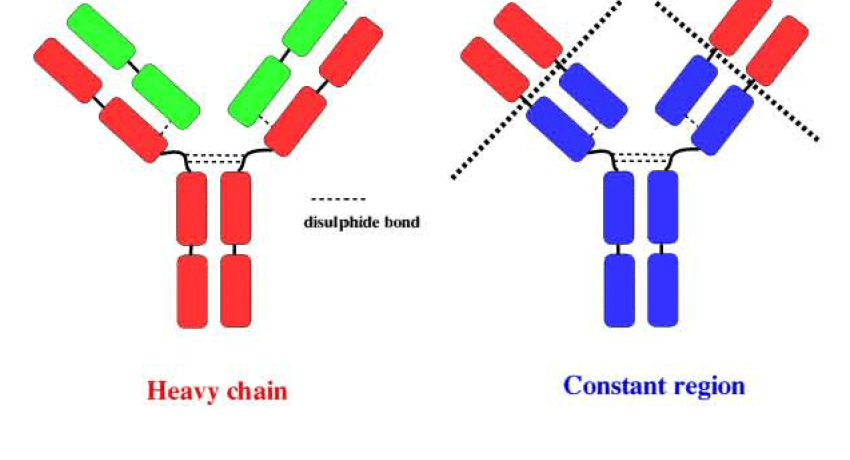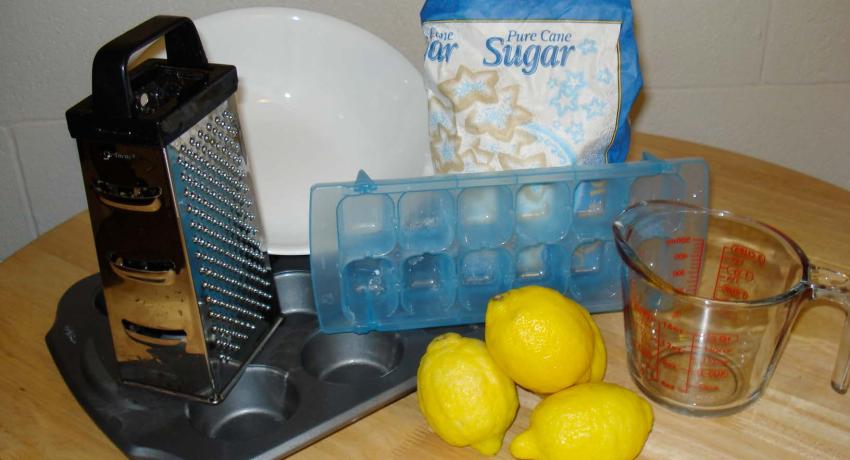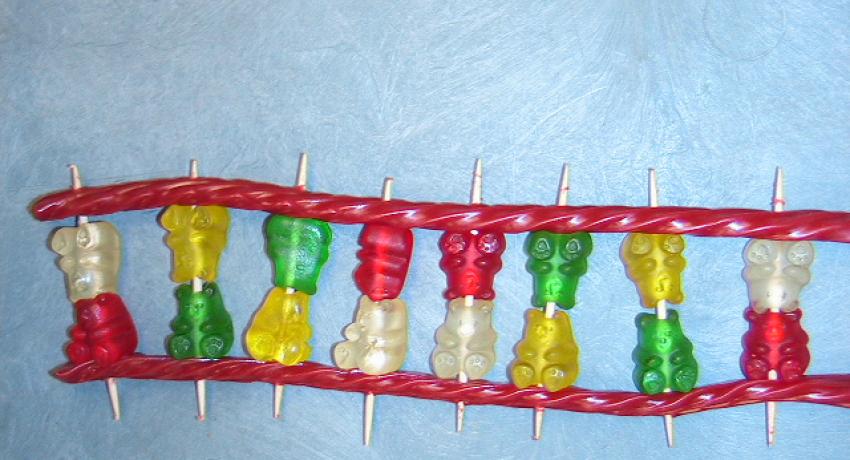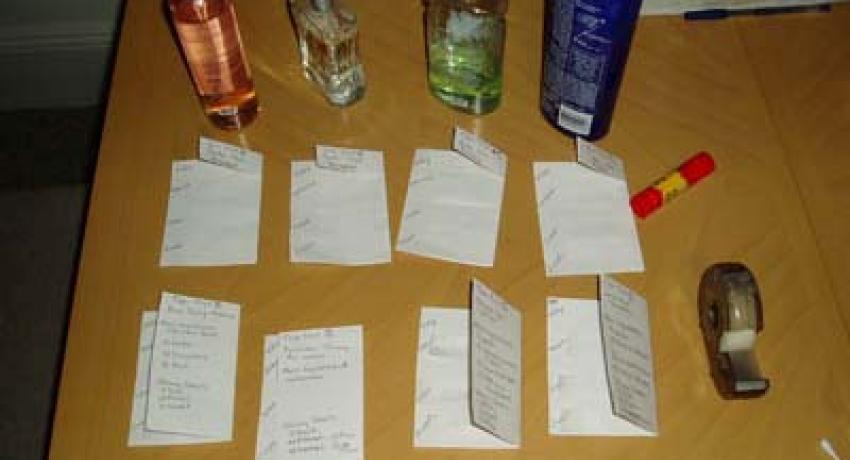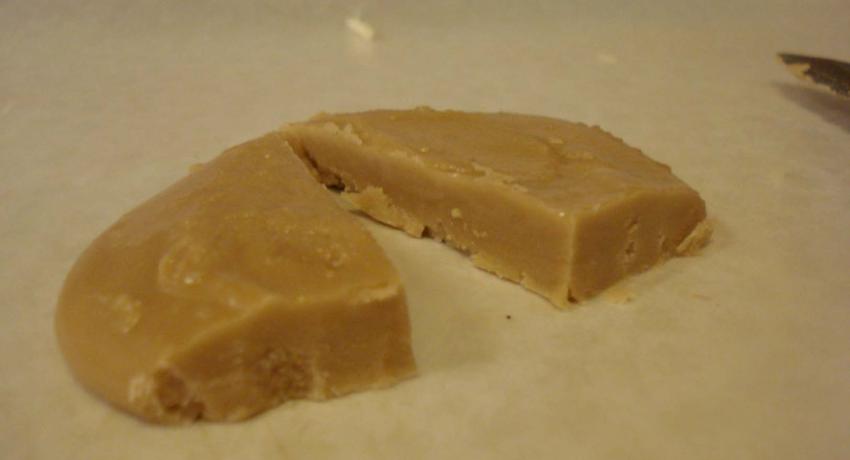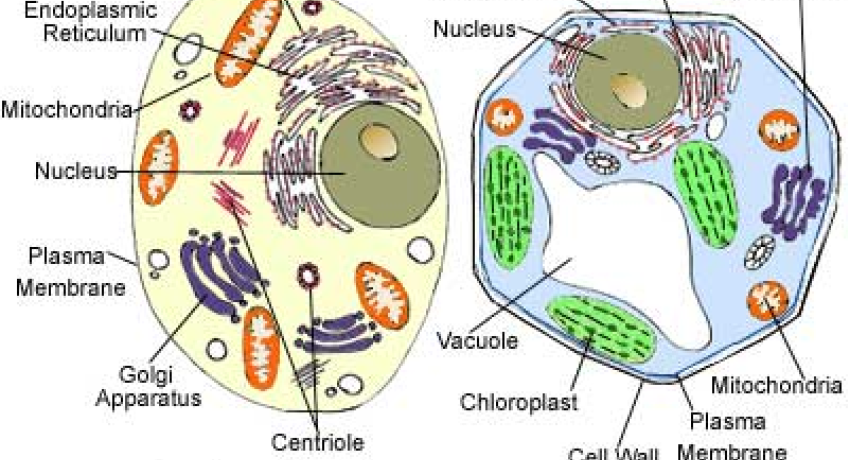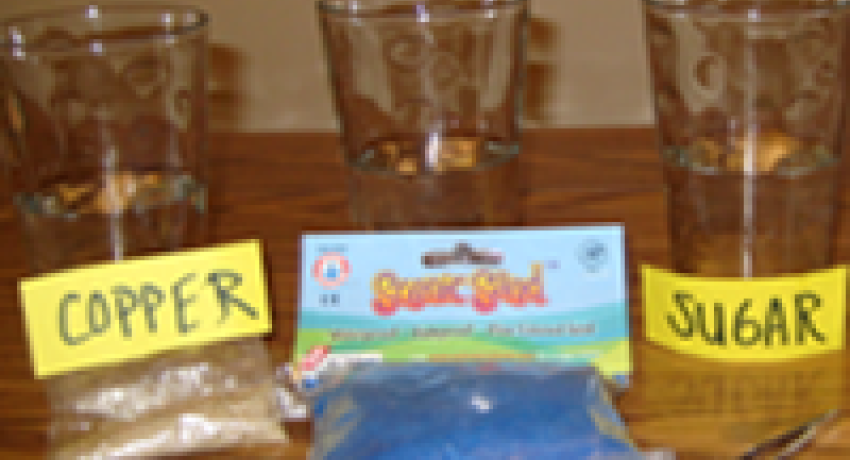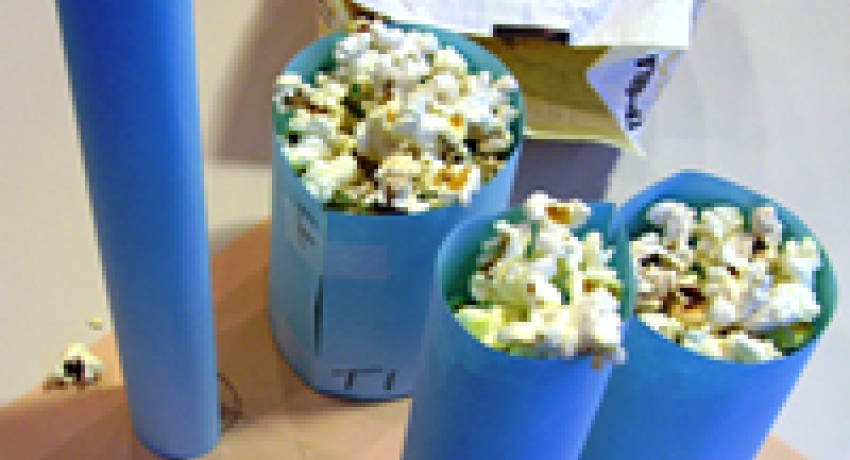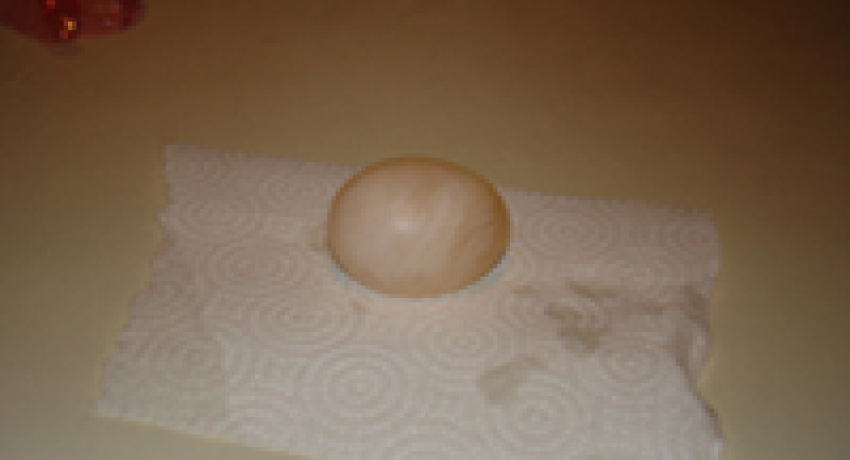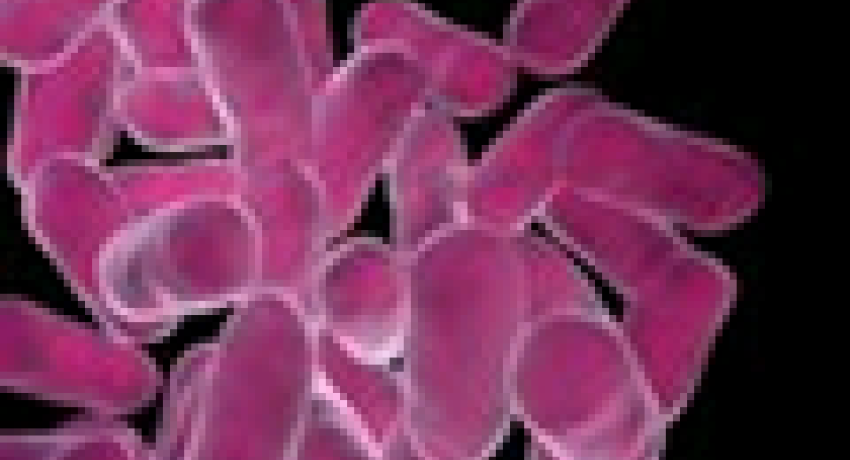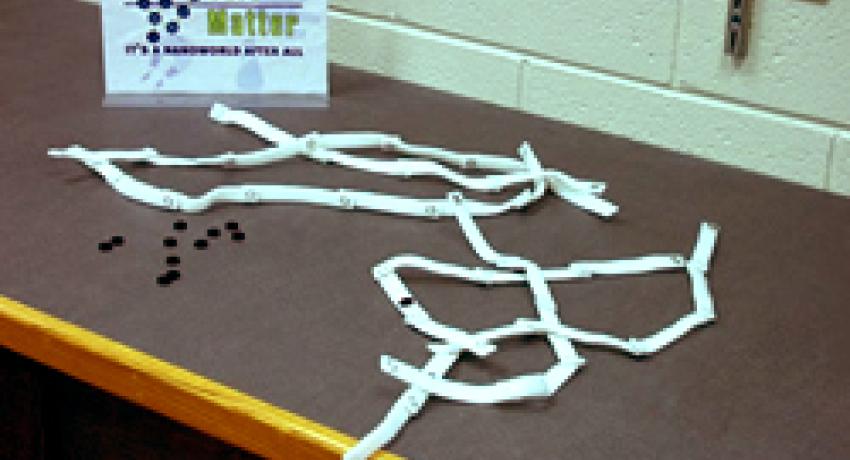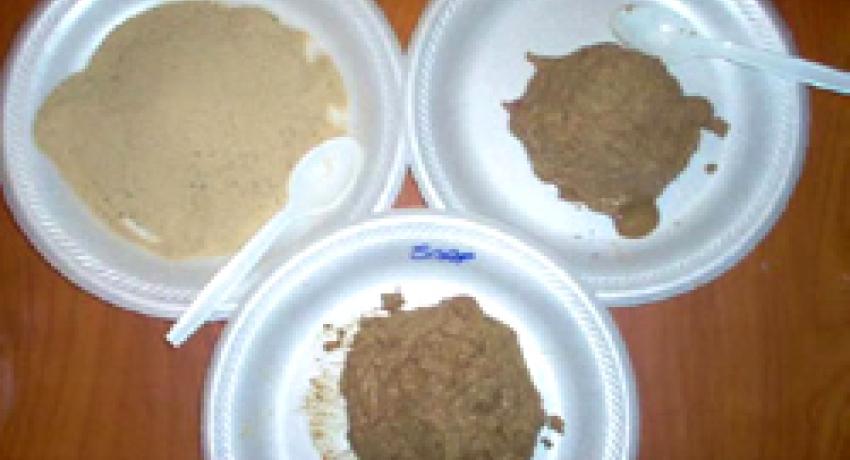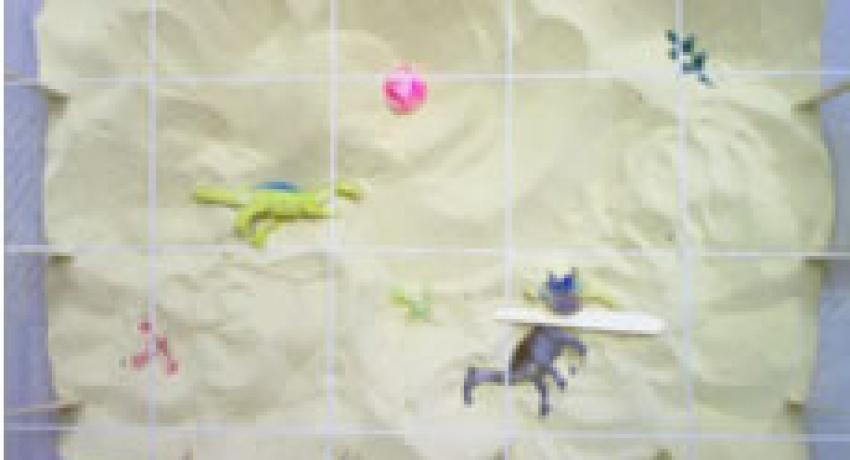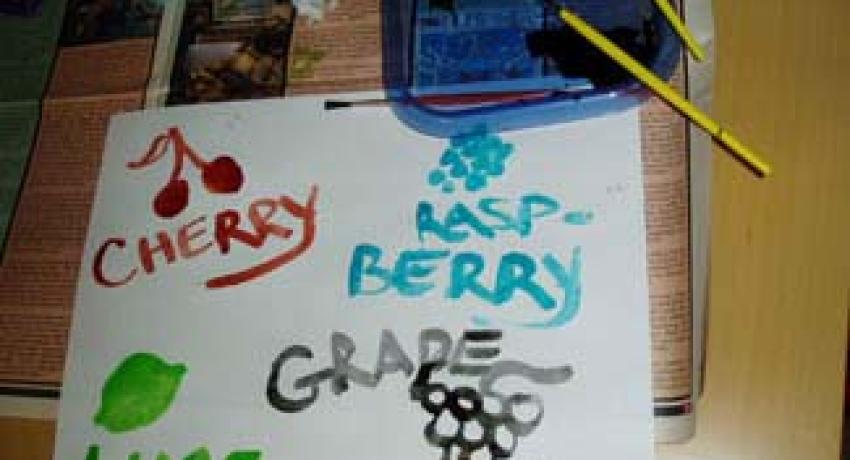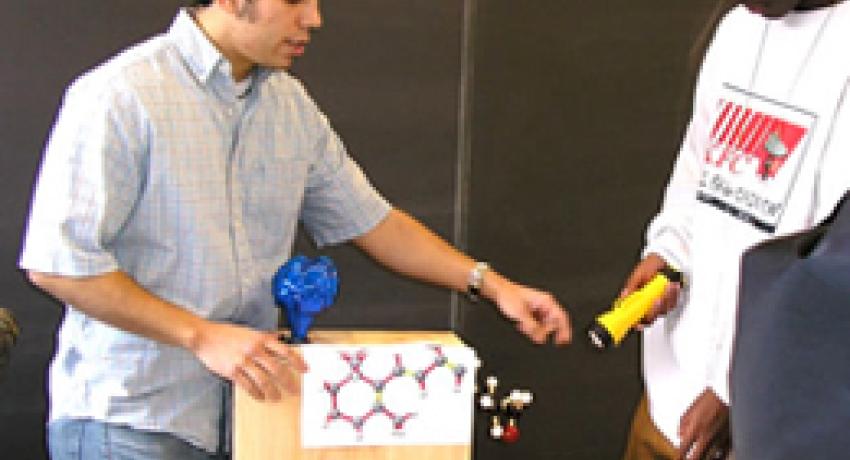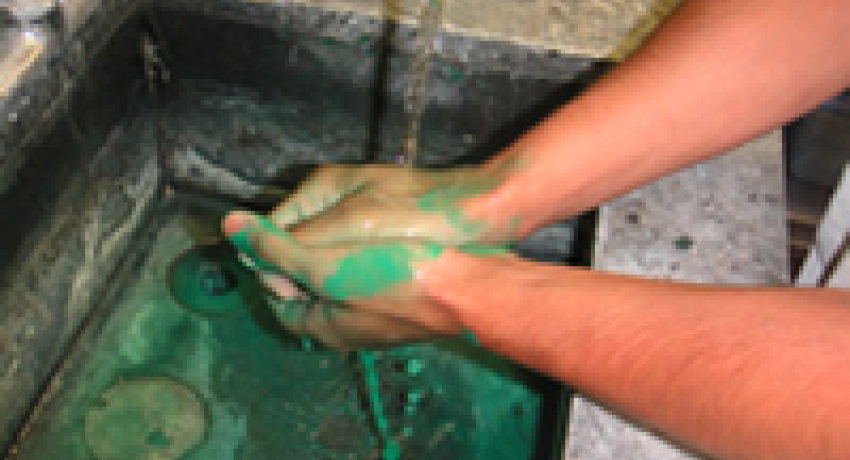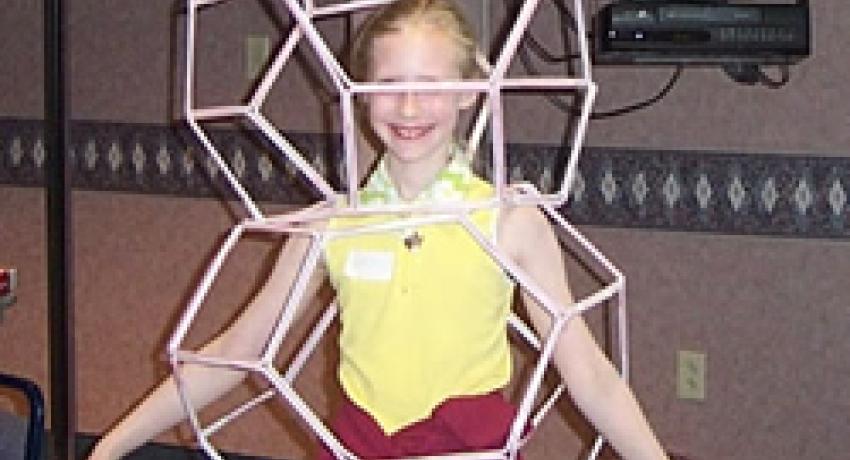Science learning doesn't only happen in a lab or classroom. Science is an ongoing process of observing and questioning these observations. The topics of the activities found here are designed to help you find science in the world around you!
This website is home to our complete set of family-oriented K-12 activities that correlate with the museum shows designed jointly by the Penn State MRSEC program and the Franklin Institute Science Museum. The activities are posted as a reference for museum visitors, K-12 students, families, and teachers who are interested in learning about topics in materials and nano-scale science.
IPSE has designed activities that lead you through the process of science learning in the comfort of your own home using easily accessible and common materials. There is also no need to have prior knowledge of the science topic in order to enjoy the experiments. These activities can also be used for fun on a rainy day or can be used to design science projects for a science fair. Please take the time to explore and try out as many of the activities as you can!
The topics for the activities were designed to complement demonstrations from the museum shows designed jointly by the Penn State MRSEC program and The Franklin Institute Science Museum. You can learn more about the museum shows here. If you visited a museum show, you should definitely take the time to explore the topic that you saw there. However, you do not need to be familiar with the museum show to enjoy and learn from these activities.
Click on a category button below to sort by activity type. Enjoy!
- 45 Minutes
Can you picture the atoms that make up the materials in your everyday life? How are they arranged? An amorphous solid is a solid made of atoms that do not have long-range order and they don’t line up like in the picture above.
- 30 minutes
How can antibiotic resistance occur? Learn the importance of taking prescribed antibiotics for the recommended amount of time.
- 60+ minutes of preparation, 2 weeks to collect data
Bacteria often grow in groups to better their chance of survival and spread their species more efficiently. A biofilm is a great example of this phenomenon.
- 45 Minutes, additional 3 hours for Jello to set
The smallest and simplest unit of life is called a cell. Learn what is inside a cell and the difference between plant and animal cells.
- 45 minutes preparation, 3-4 days for data collection
Cell Culture is a technique used to grow and identify microorganisms that are found in our environment.
- 45 Minutes
All living things, from the tree outside your window, to your pet, to your own body are made of many tiny living cells.
- 45 Minutes
What is a microcapsule? It is just a very small capsule which is so small you need a microscope to see it well. Researchers are trying to use the process of making microcapsules, called microencapsulation, to make our lives better.
- 45 Minutes
You may not have ever heard of the word diffusion, but you experience its effects everyday! Diffusion is defined simply as the movement of things from where they are more concentrated to where they are less concentrated.
- 60+ minutes
DNA contains all the information needed to build your body. Did you know that your DNA determines things such as your eye color, hair color, height, a nd even the size of your nose?
- 45 Minutes
DNA is a set of instructions that tells our cells how to build protein. These instructions are in a language that we did not understand until recently.
- 45 Minutes
In this experiment, you will test the amount of energy absorbed by different types of materials by dropping balls and water balloons.
- 45 Minutes, additional 4 hours for crystals to grow
In this activity, you will grow a couple of different types of crystals using everyday materials.
- 60 minutes, including preparation time
In this activity, you will extract DNA from green split peas. To do this, you will go through a series of steps that include breaking the cell apart, releasing the DNA from the nucleus, and protecting the DNA from enzymes that will shear or break it down.
- 45 Minutes
The immune system works to help keep our bodies safe from millions of tiny organisms that could make us sick.
- 45 Minutes
Changing the process of making Lemon Ices makes two completely different consistencies of dessert! Similarly, when scientists make things in their lab they may use one combination of materials and try hundreds of different processes to get different end results.
- 45 Minutes
Make a delicious candy model of a strand of DNA that looks like a ladder that has been twisted into a corkscrew.
- 1 Hour
What can we smell? In order to smell something, it must have two properties. The first is that it must be in the air so that it can get into your nose. Most things you smell have liquid particles that can be carried into the air, and this is why many smelly products are liquids.
- 45 Minutes
Why is some candy hard while others are soft? Why do some last forever and others melt in your mouth? The texture and some behaviors of candy are due to their structure on the atomic level.
- 30 minutes
The job of the cell membrane is to both separate the cell from what surrounds it and, most importantly, control what is able to enter and exit the cell. Let's model a membrane!
- ~20 Minutes
The following activities are related to the Nanogold for Cancer Therapy Demonstration which is part of a museum show developed by The Franklin Institute in collaboration with MRSEC.
- 45 Minutes Each
The following activities will help you explore the basic ideas behind nano-silver technology and nanotechnology in general. Some are specifically about nano-silver, while the rest look at the ideas of surface area and volume.
- 15-20 Minutes Each
Some special metals actually seem to have a "memory" for their original shape. One of these metal is called Nitinol and you can use it to observe some pretty cool things.
- 45 Minutes (spread over 3 days)
A hard outer shell surrounds all chicken eggs. But did you know that underneath that shell is a membrane similar to what surrounds cells? In this experiment, we will take advantage of that fact by removing the shell to more closely examine a membrane.
- 45 Minutes Each
The following activities will help you make your own paper and discover some of the properties of different types of paper. We hope you enjoy these activities and do them together as a family.
- 45 Minutes
Feeling sick can be caused by an organism that enters the body called a pathogen. There are four major types of pathogens that can invade the human body - bacteria, viruses, fungi and parasites.
- 15-30 Minutes Each
What do polymers look like and what polymers are in your home? Check out these six activities to explore properties and importance of polymers.
- 15-25 Minutes Each
Each grain of sand actually looks different up close with a microscope and has different properties when it is dry versus when it is wet. These activities will help you explore the peculiar qualities of sand and also investigate earthquakes.
- 15 Minutes Each
Knowing how large or small an object is is very important to not only scientist but everyone. These activities help you understand how big or little things are and how to describe their size correctly.
- ~45 Minutes
Microcapsules are all around us. One application you have probably seen is a scratch-and-sniff sticker. The active ingredient in these microcapsules is scented liquid.
- 45 Minutes, additional 4 hours for Jello to set
An enzyme is a molecule that speeds up a reaction. In the case of DNA reproduction, enzymes not only speed up the reaction, they are necessary for DNA reproduction.
- 45 Minutes Each
Vision is actually a complicated process occurring between our eyes and our brain! Actually, there are millions of little switches in our eyes that pick out what we see.
- 30 Minutes
Do you wash your hands EVERY time you use the restroom? Washing your hands is one of the best ways to prevent being sick.
- 45 Minutes Each
You may not have heard of a zeolite, but you more than likely have some in your own home right now. A natural form of zeolite is actually clay. What makes a zeolite special is its structure allowing it to do some pretty neat things.


